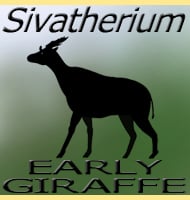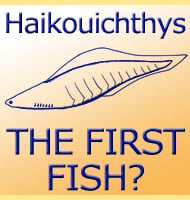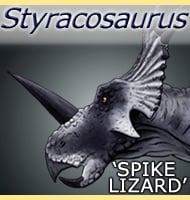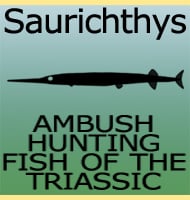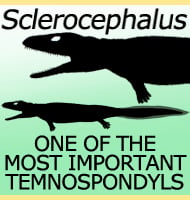In Depth
Liaoningopterus was one of the largest pterosaurs known from China, and is considered to be similar to the pterosaur Anhanguera known from all over the world. Liaoningopterus had two crests on both the top of its snout and lower jaw, similar to Ornithocheirus which is why Liaoningopterus is placed within the Ornithocheiridae.
Also like other members of the group, Liaoningopterus had long sharp teeth towards the tips of its jaws, and it is thought that these teeth were used to seize fish out of the water as Liaoningopterus flew over. In fact at eighty-one millimetres, Liaoningopterus has one of the longest teeth of all known pterosaurs. This tooth is in the upper jaw and the fourth from the end of the snout, and is even exceptional in size when compared to the other teeth. Assuming that it is not a freak of nature, this tooth may have been the primary tool employed in prey capture.
Further Reading
Further reading- Two new pterodactyloid pterosaurs from the Early Cretaceous Jiufotang Formation of western Liaoning, China. – Vertebrata PalAsiatica 41(1):34-41. – X.-L. Wang & Z.-H. Zhou – 2003.





